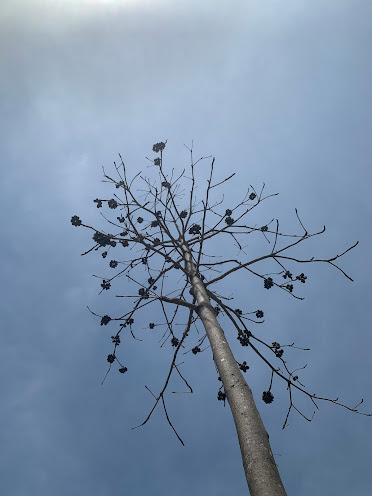Just when I thought I was getting somewhere, life threw me another curveball.
COVID-19 hit, and everything I had worked for seemed to crumble overnight.
Plans I’d made, goals I’d set — all swept away by an invisible force that changed the world.
I found myself in a place I had never been before: uncertain, scared, and vulnerable.
I had to look for jobs just to cover expenses. I had been a man who once stood on top of things, who built a career with pride — and now, I was facing something I had never experienced: a deep sense of humility.
It was humbling, to say the least.
But I began to realize something: the more I tried to control the situation, the more I suffered.
The more I resisted the flow of life, the more exhausting it became.
So I stopped fighting.
Instead of struggling to hold everything together, I started to follow the current.
I let go of the need to fix everything. I let go of the need to know what would happen next.
I started to trust the process.
The very thing that had once terrified me — uncertainty — became the space in which I could finally breathe.
I remembered the lessons of impermanence and mindfulness.
Instead of clinging to the idea of “how things should be,” I allowed myself to experience them as they were — messy, unpredictable, and raw.
And in that surrender, I found a deeper connection to myself.
In the midst of this suffering, I saw a crack.
A crack that allowed me to glimpse something deeper within myself.
Not the person I thought I was, not the one who had it all figured out, but the real me. The one who could feel vulnerable, uncertain, and still remain open to life.
Suffering wasn’t something to avoid.
It wasn’t something to fix.
It was simply a part of the human experience.
And by facing it, I could see myself more clearly — without the stories, without the masks, without the need to be “perfect.”
This wasn’t a moment of triumph.
It wasn’t a quick fix.
But it was a shift — a shift towards being rather than doing.
For the first time, I wasn’t just surviving. I was awakening.









